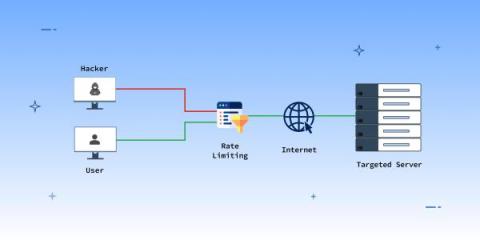State-Based Cyber Attacks Continue to Be a Thorn in the Cyber Insurer's Side
As government-sponsored and widespread vulnerability attacks continue to result in larger damages, cyber insurers are looking for opportunities to still meet demand without incurring risk. It may come as a surprise, but cyber insurers aren’t in the business of issuing (and covering) cyber insurance policies; they’re in the business of staying in business. And that means identifying and reducing the highest sources of risk where the insurer will lose through paying on claims.









